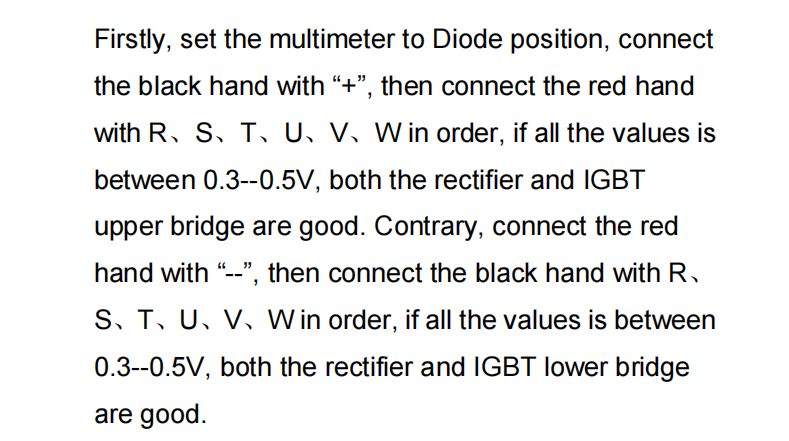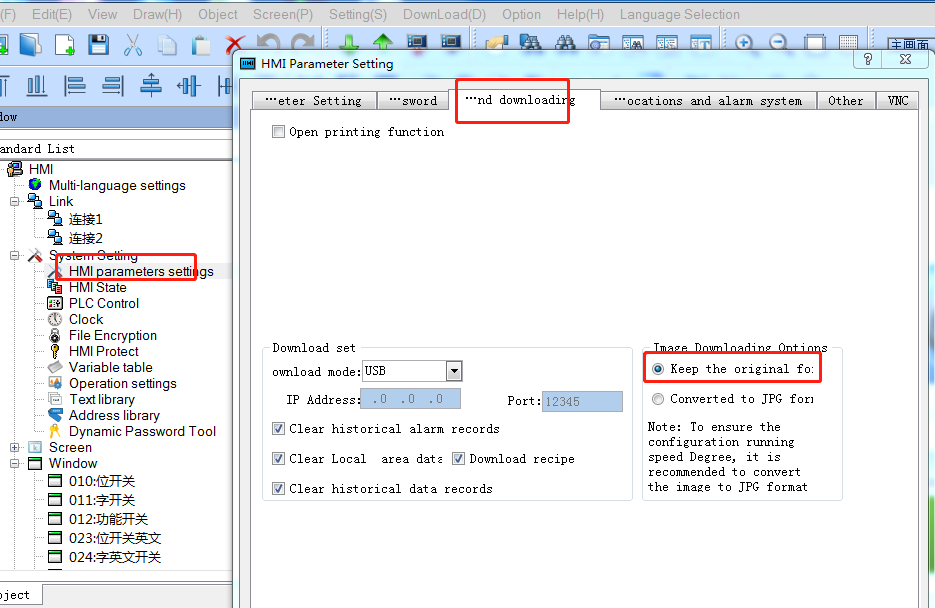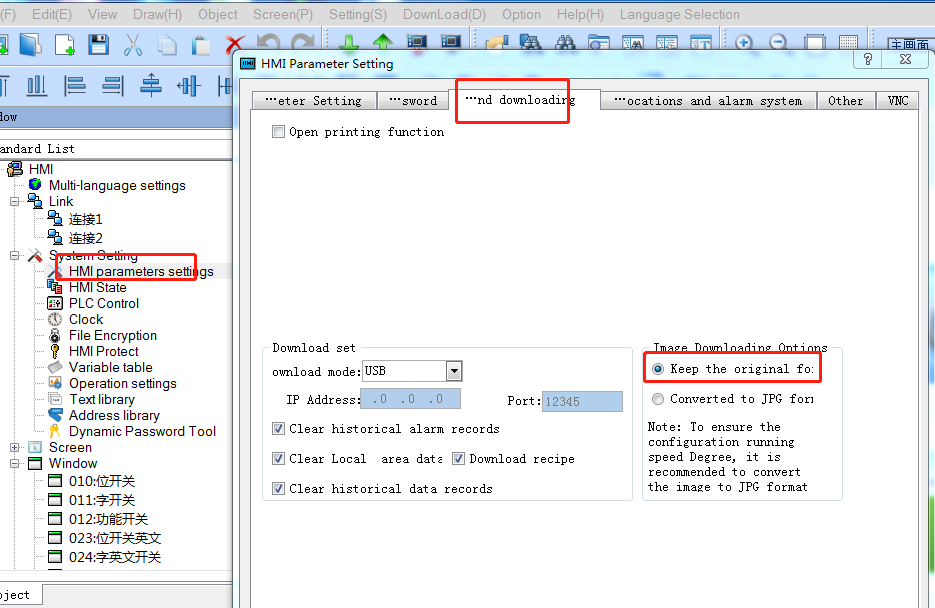Use multimeter to check whether IGBT is good according to the attachment.
Try to replace the control board with a new one.

Both GD100-PV and BPD support connect water level sensor, normally there are 2 water level sensors, full water sensor in water tank, and empty water sensor in well. The connection and control logic refer to the attachment file.
Please see attached for more details.

Change the setting: 'keep the original format of photo' in third option in 'HMI parameters settings'.
Please check the attached for reference.
Please check the attached for reference.
Please check the attached for reference.
GD350 can support Closed-loop vectorcontrol, need to use optional PG card. More details please see attached manual.
GD300-16 standard control board includes interface, can order the separated BACnet communication card, support 10M/100M, no need eds configuration file, refer to the attachmetn file.



Our site uses cookies to provide you with a better onsite experience. By continuing to browse the site you are agreeing to our use of cookies in accordance with our Cookie Policy.